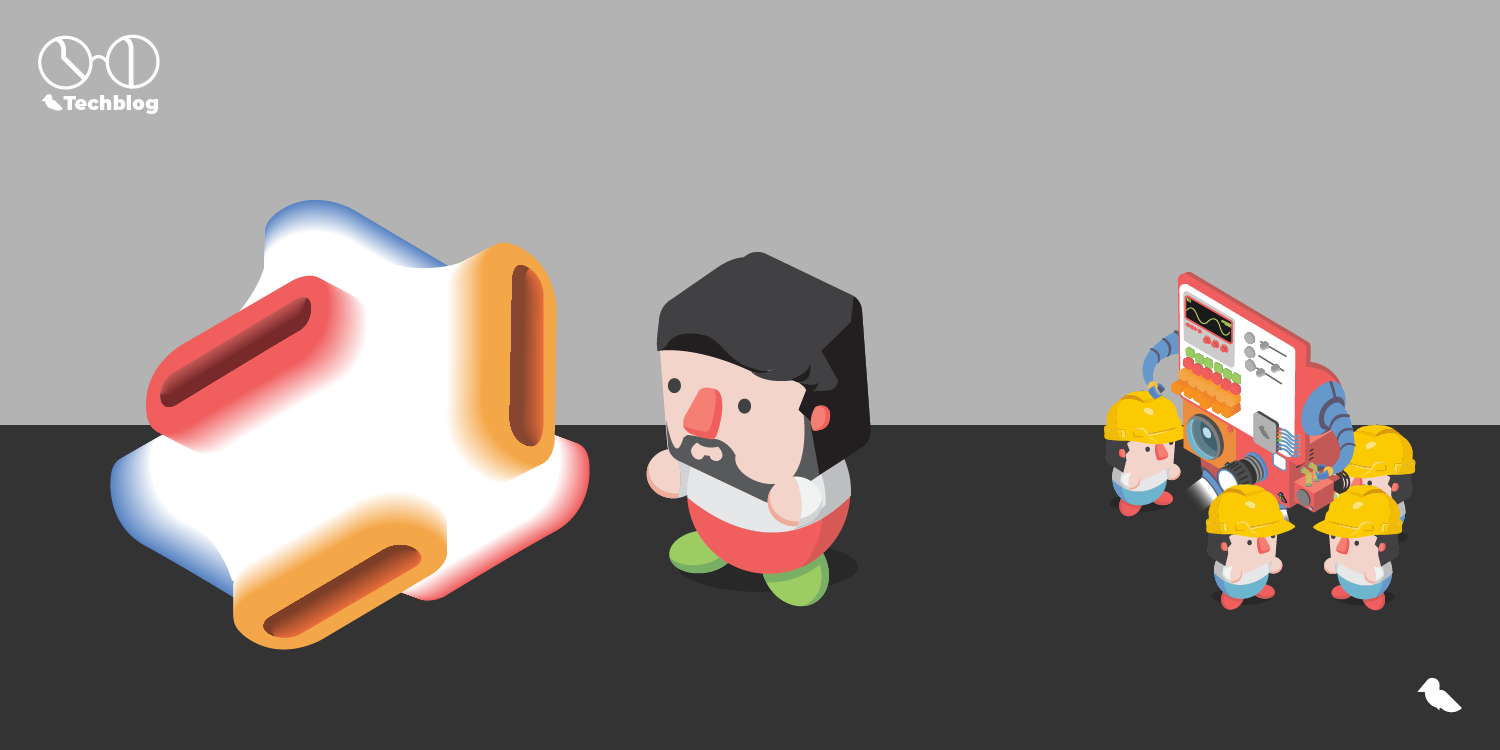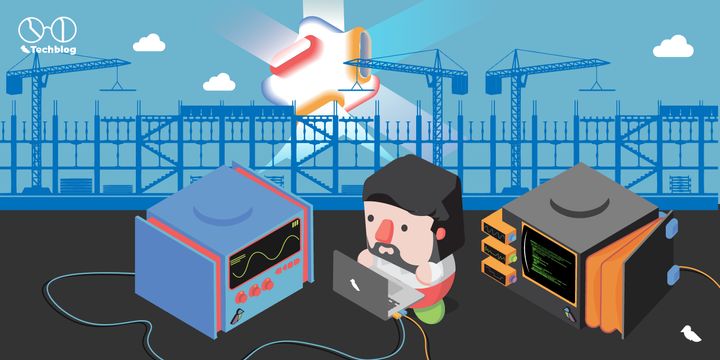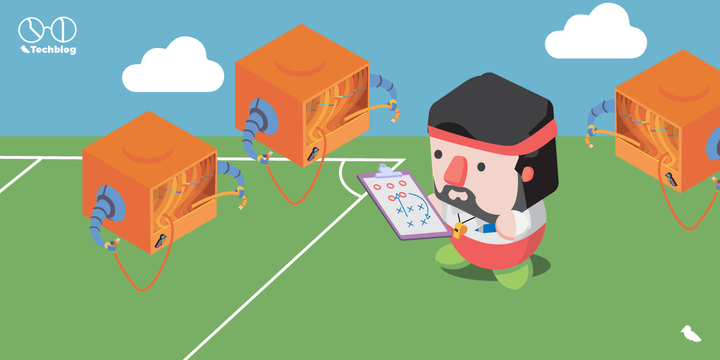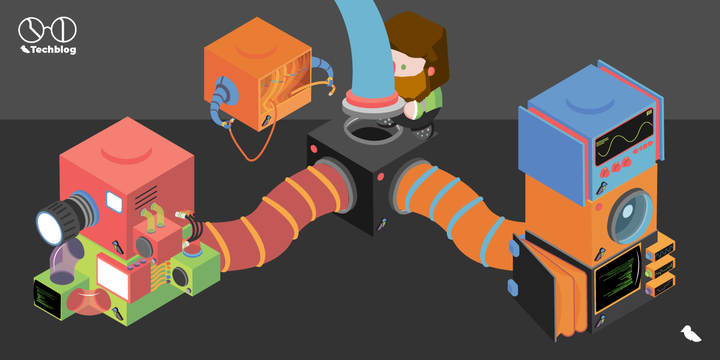Stop Learning ML - Start Building AI Systems
Skip the 6-month ML theory marathon. Companies need people who can ship AI products, not reproduce academic papers. Here's how to build AI systems in your first 4 weeks.

TL;DR
Skip the 6-month ML theory marathon. Companies need people who can ship AI products, not reproduce academic papers. Here's how to build AI systems in your first 4 weeks.
Look, I'm going to be brutally honest with you.
If you're sitting there grinding through linear algebra courses and trying to implement neural networks from scratch because some tutorial told you that's how you "properly" learn AI, you're wasting your time.
I've interviewed dozens of AI engineers, and you know what separates the ones who get hired from the ones who don't? The hired ones ship products. The rejected ones can explain backpropagation but can't build a chatbot that doesn't crash.
The dirty secret of AI engineering in 2025? Most companies don't need you to understand how transformers work under the hood. They need you to integrate existing AI models into their products without breaking everything.
Skip the theoretical ML Rabbit Hole that 90% of tutorials focus on
Creating and studying models is a completely different beast from what using and integrating AI models into existing products is. Here's what every AI tutorial tells you to learn first:
- Linear algebra and calculus fundamentals
- Statistics and probability theory
- How gradient descent works
- Implementing neural networks from scratch
- Understanding every layer of a transformer architecture
Altought this may be useful if you're aiming into a ML role, or looking for ML as a solution to a particular closed-loop problem, most of the modern AI transformation heavily relies on applying LLM's (Large Language Models) into existing products.
Here's what actually matters for 90% of AI engineering jobs in 2025:
- How to call an API
- How to handle errors gracefully
- How to optimize for cost and latency
- How to deploy something that doesn't fall over
The ML theory obsession is a trap. It's theoretical busy work that feels productive but doesn't build job-ready skills.
Don't get me wrong - understanding the fundamentals is valuable. But starting there is like learning assembly language before you can write a web app. You'll spend months on prerequisites instead of building things people actually use.
The Reality Check: OpenAI didn't hire their first 100 AI engineers because they could derive loss functions. They hired them because they could take GPT-3 and turn it into products that millions of people would pay to use.
I learned this lesson the hard way. I spent months grinding through ML courses, implementing everything from scratch, feeling very smart about understanding the math. Then I got to my first AI project and learned that I already had the skillset to build a document Q&A system in 2 hours.
Instead of having no idea where to start, I've already developed the skills required for years.
Jump Straight to Using Pre-trained Models, APIs, and Frameworks
The fastest path to AI competency in 2025? Start with what already works. Here's your new curriculum:
Week 1: Master the OpenAI API
OpenAI is the #1 goto place for AI startups. It kickstarted a new wave of products and services, and brought to the spotlight AI as a remarkable source of information, mostly from the generative pre-training breakthrough that made language models actually useful instead of academic curiosities.
To use it in any system, just install the openai library (the lang doesn't matter much, you have official implementations in Python and Node, and non official implementations in C#, possibly other languages).
Your first test would be as simply as generating some text for a given user prompt:
import openai
client = openai.Client(api_key="your-key-here")
# This is more valuable than a semester of ML theory
response = client.chat.completions.create(
model="gpt-4o-nano",
messages=[
{"role": "system", "content": "You are a helpful AI assistant."},
{"role": "user", "content": "Explain quantum computing simply."}
],
max_tokens=150,
temperature=0.7
)
print(response.choices[0].message.content)You'll get decent explanations, but also discover the inconsistencies, hallucinations, and cost structure that textbooks won't teach you.
Week 2: Learn Hugging Face Transformers
Time to break free from OpenAI's pricing prison. Hugging Face gives you thousands of pre-trained models that run locally—faster, cheaper, and without API dependencies.
from transformers import pipeline
# Sentiment analysis without external calls
classifier = pipeline("sentiment-analysis")
result = classifier("I love building AI products!")
print(result) # [{'label': 'POSITIVE', 'score': 0.9998}]
# Local text generation
generator = pipeline("text-generation", model="gpt2")
text = generator("The future of AI is", max_length=50)
print(text[0]['generated_text'])Now you control the model, the data, and the costs. This is where real AI applications get built.
Week 3: Build with LangChain
LangChain handles the messy parts—chaining models, managing memory, connecting to data sources. It's opinionated but gets you to production faster.
from langchain.llms import OpenAI
from langchain.chains import ConversationChain
from langchain.memory import ConversationBufferMemory
# Persistent chatbot in 8 lines
llm = OpenAI(temperature=0.7)
memory = ConversationBufferMemory()
conversation = ConversationChain(
llm=llm,
memory=memory
)
response = conversation.predict(input="Hi there!")Week 4: Deploy Something
Build a simple web app. Connect to a database. Handle real user inputs. You'll immediately hit the performance walls, prompt injection attacks, and scaling challenges that separate working demos from production systems.
This approach forces you to confront AI's practical realities immediately. The theory becomes relevant when you need to solve actual problems, not before. Most "AI engineers" never get past the API wrapper stage—don't be one of them.
Real Talk: Companies Need AI Integrators, Not ML Researchers
Let's talk about what AI engineering jobs actually look like in 2025.
What you think AI engineers do:
- Train custom neural networks from scratch
- Implement cutting-edge research papers
- Fine-tune models on exotic hardware setups
- Spend months collecting and cleaning datasets
What AI engineers actually do:
- Integrate pre-trained models via APIs
- Build data pipelines that feed those models
- Handle edge cases and error conditions
- Optimize costs and latency for production workloads
- Create user interfaces that make AI accessible
The math is simple: There are maybe 1,000 companies in the world that need people to train models from scratch. There are 100,000+ companies that need people to integrate AI into their existing products.
Case Study: A Real AI Engineering Day
Yesterday, I've spent my day basically:
- 9 AM: Debugging why a document processing pipeline was taking so long to run (turns out the problem is that the model required a file that took 30s to generate, with no significance over the result);
- 11 AM: Taking a looking at implementing a fallback logic when OpenAI's API hits rate limits / doesn't respond (I've switched to Anthropic's Claude as a backup);
- 2 PM: Adding input validation to prevent improper that to be sent for an image pipeline, submitting prompts that would instantly fail;
- 4 PM: Writing tests and documenting different prompt behaviors to ensure our feature would work across different contexts, without hallucination.
Notice what I didn't do? I didn't implement a transformer from scratch. I didn't fine-tune anything. I didn't even looked at training data.
I took existing AI capabilities and made them reliable, fast, and cost-effective in a production environment. That's what most AI engineering is.
Practical: Build 3 Production-Ready AI Apps in Your First Week
Theory is boring. Let's build stuff. Here are three projects that will teach you more about AI engineering than any course.
Try everything yourself. After that, check the GitHub repo below with my implementations for each problem.
Project 1: Smart Document Q&A System
What it does: Upload a PDF, ask questions about it, get answers.
What you'll learn: Document processing, embedding generation, vector search, prompt engineering.
Core implementation:
- Take the PDF in;
- Extract the text of the PDF and tokenize it;
- Use some sort of storage to save the embedded representation / vector of the content;
- Receive questions about the PDF;
- Use those questions to do a similarity_search in the vector, finding relevant snippets that may contain the answer for your question (for e.g. the value in a invoice);
Project 2: AI-Powered Code Reviewer
What it does: Paste code, get instant feedback on bugs, performance, and style.
What you'll learn: Code analysis, structured prompts, API error handling.
Core implementation:
- Structure a prompt for the analysis (what you want to look at);
- Create a Chat / Input style interface to submit the lang / code;
- Take the prompt + input and feed into a model (gpt-4o-mini for e.g.);
- Take the output and stream it back to the user.
Project 3: Smart Content Moderator
What it does: Automatically detect toxic content, spam, and policy violations.
What you'll learn: Classification, content filtering.
Core implementation:
- Take a model that is good at content filtering (e.g. unitary/toxic-bert);
- Take the user input and feed the model with the input directly;
- Evaluate the model toxicity score and create a static threshold depending on how stricter you want to be;
- Return a true / false if content is allowed / disallowed;
Why These Projects Matter:
- They solve real problems - Every company needs document Q&A, code review, and content moderation.
- They're deployable - You can put these on your resume and actually show them to employers.
- They teach production skills - Error handling, user interfaces, performance optimization.
- They're extensible - Each project can grow into something a lot more sophisticated.
The Bottom Line
Stop learning ML like it's 2015. In 2025, AI engineering is about integration, not implementation.
The companies that are winning with AI aren't the ones with the smartest researchers. They're the ones with engineers who can take existing AI capabilities and turn them into products that users love and businesses can scale with.
That's the skill that matters. That's what gets you hired. That's what we're going to cover in the next article.
Coming up next: "The LLM Integration Playbook" - Where we dive deep into APIs, prompt engineering, and all the tricks that actually make AI applications work in production.
Now stop reading tutorials and go build something. 🚀
Resources mentioned:
Do you disagree with my take? Hit me up - I would love to take your perspectives about the right way to learn AI engineering.




Comments ()